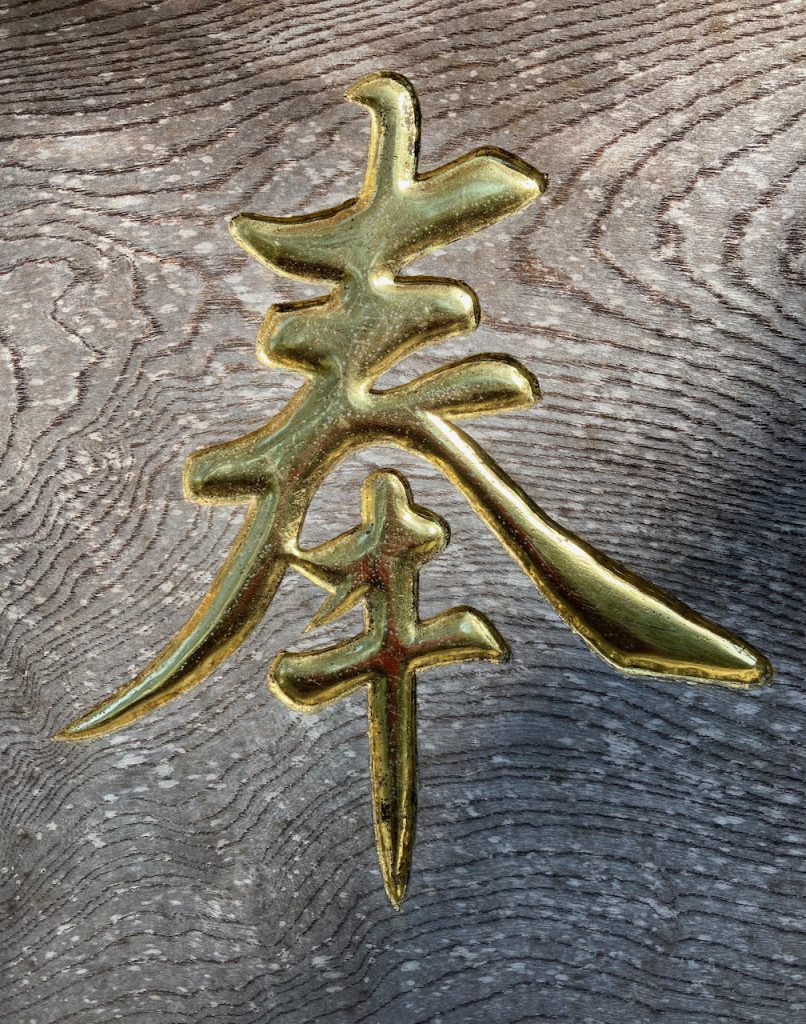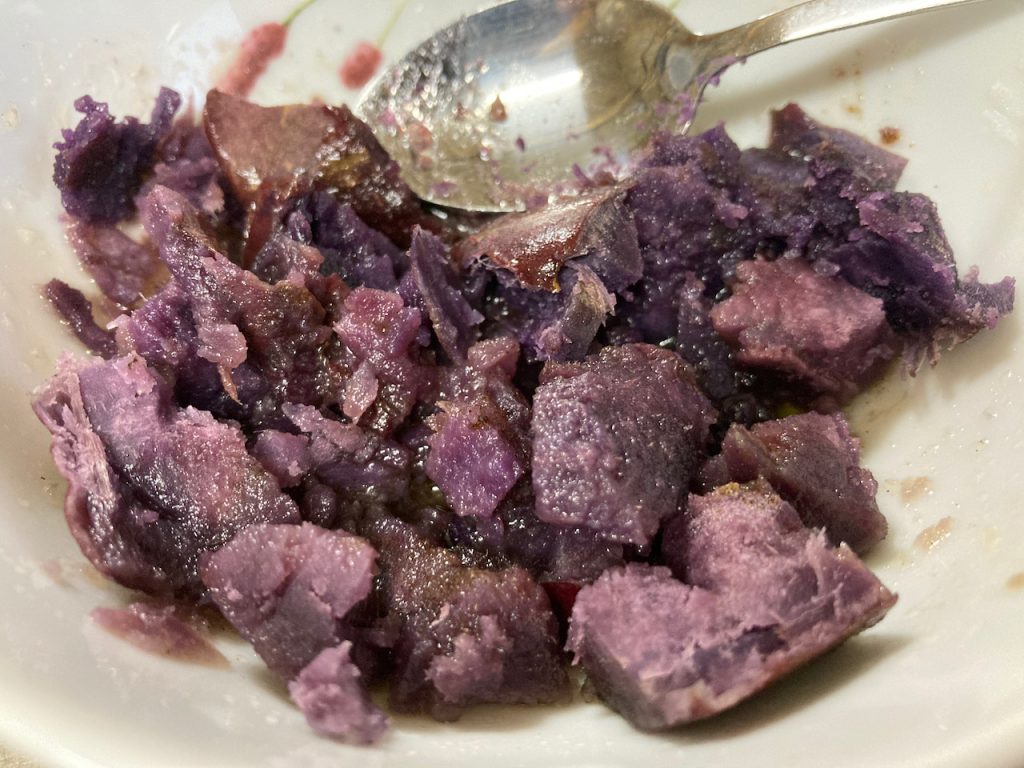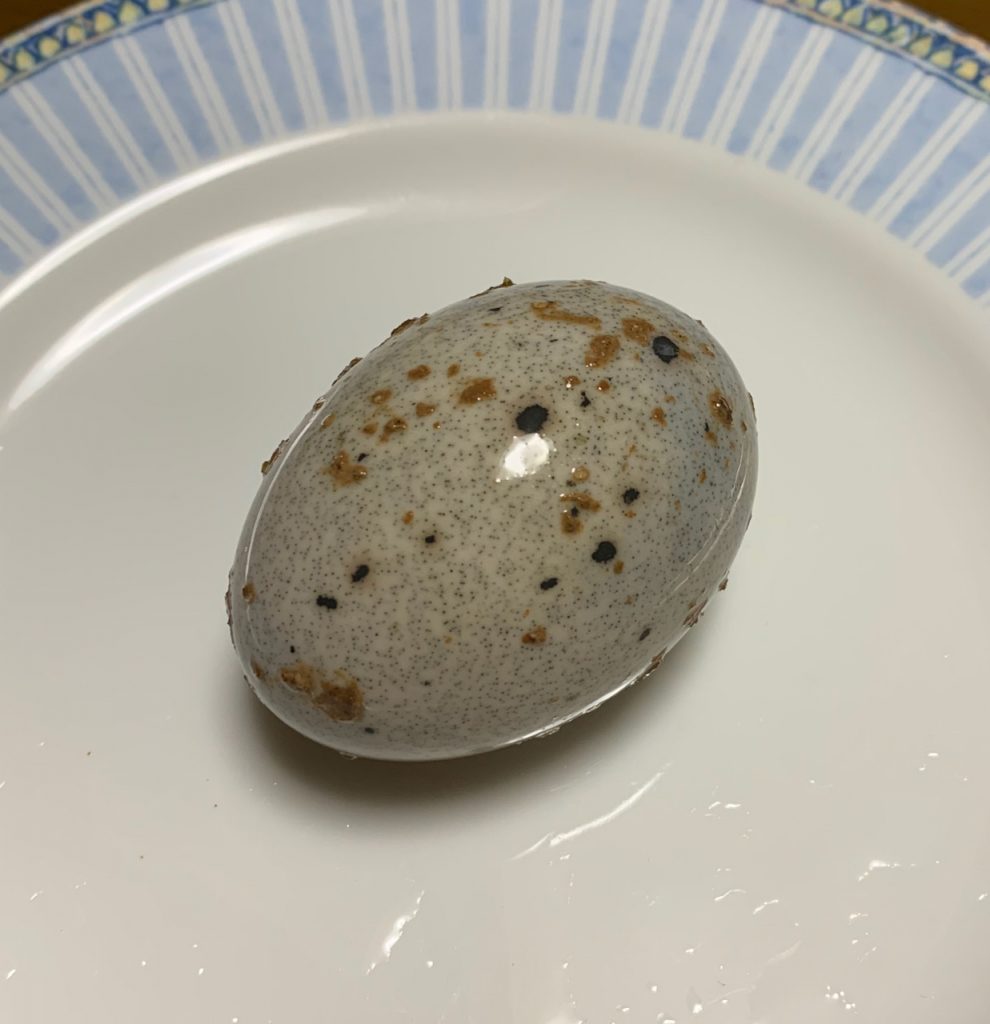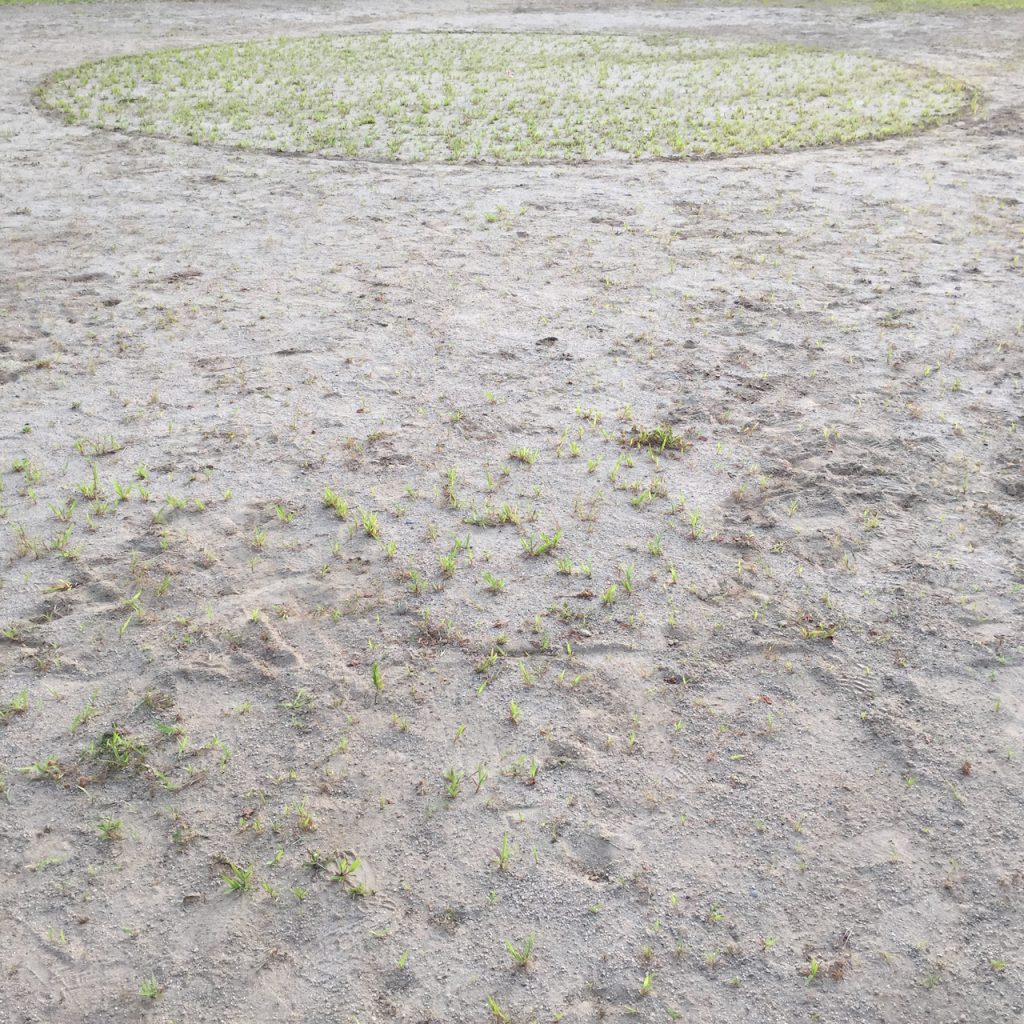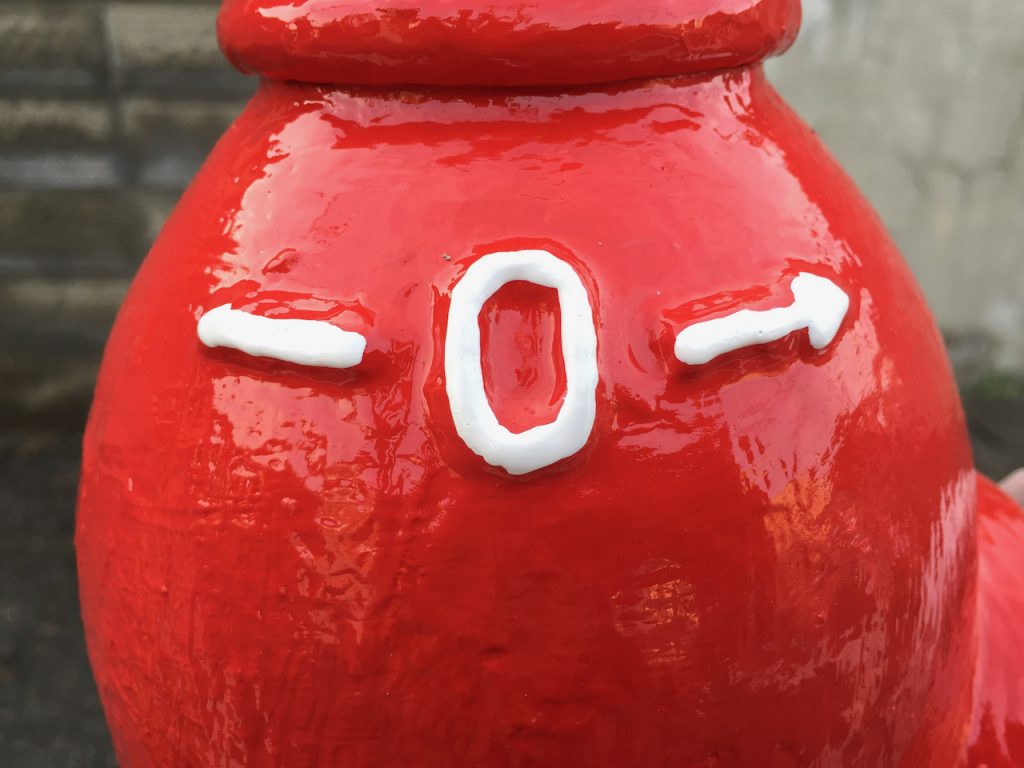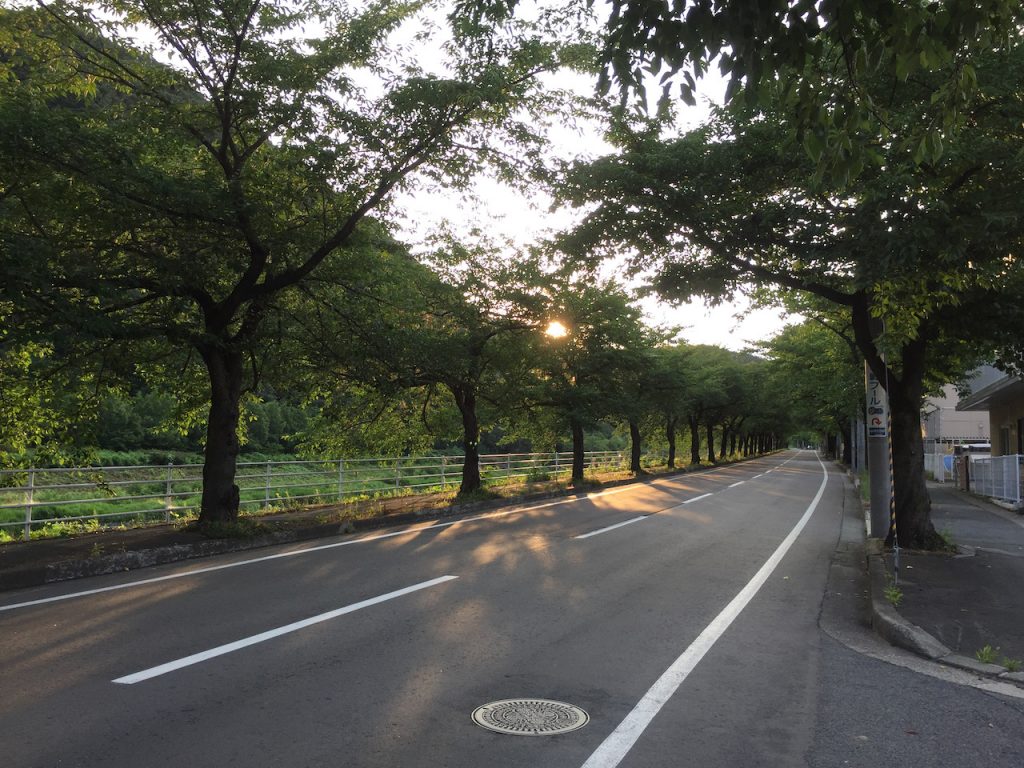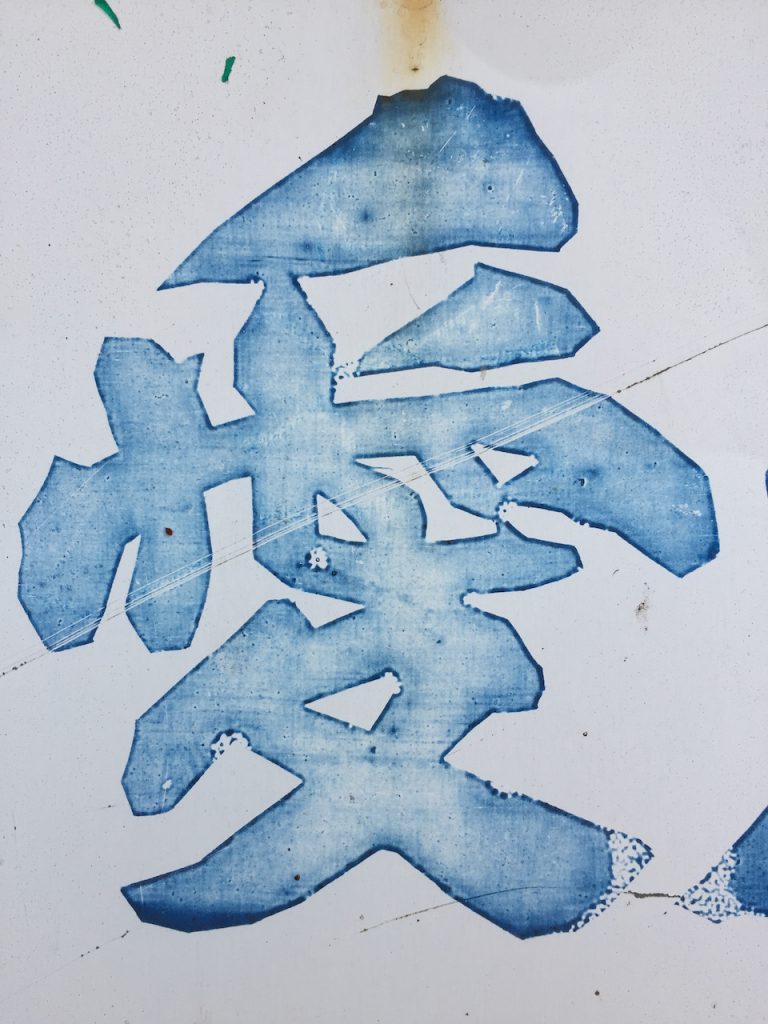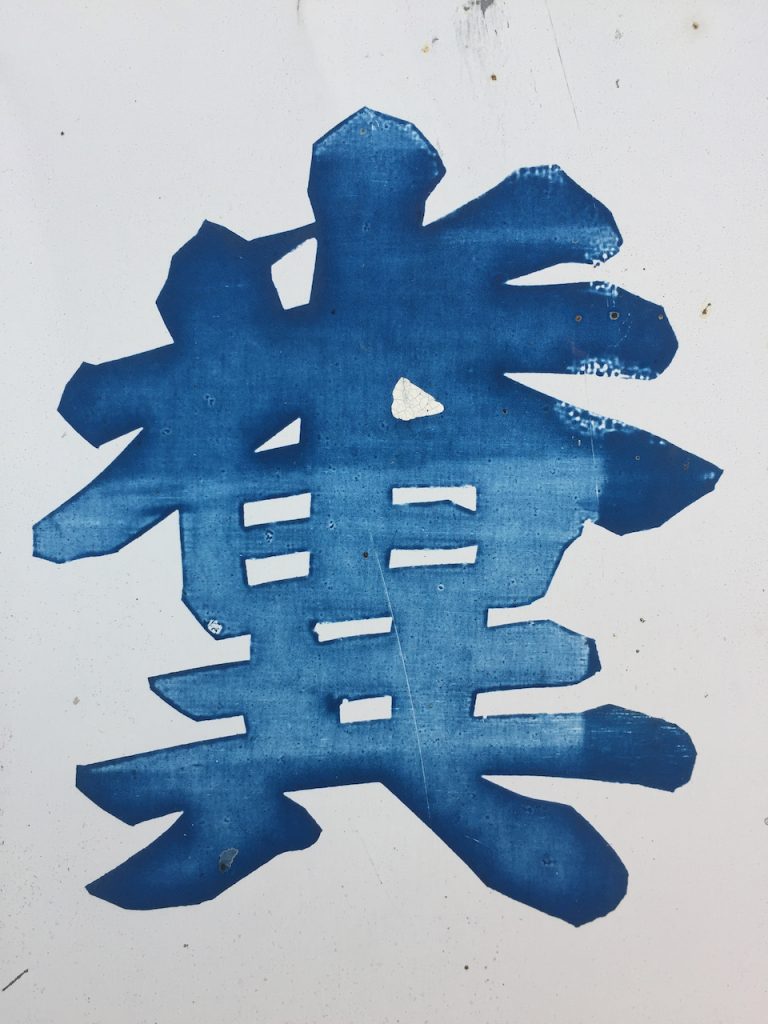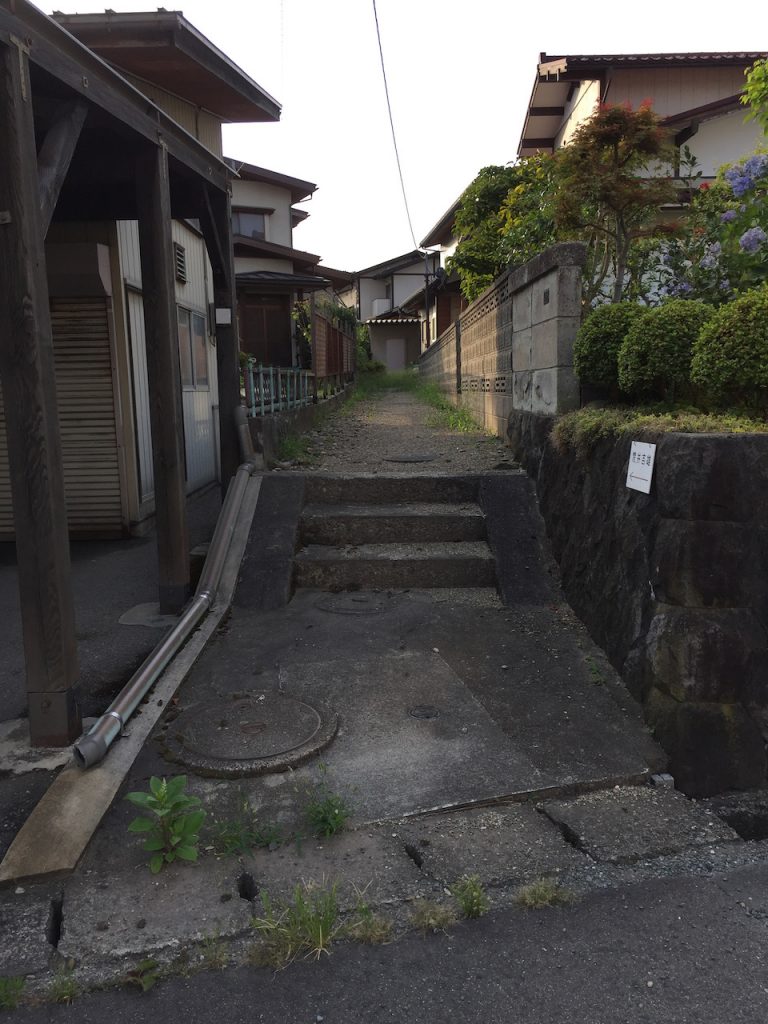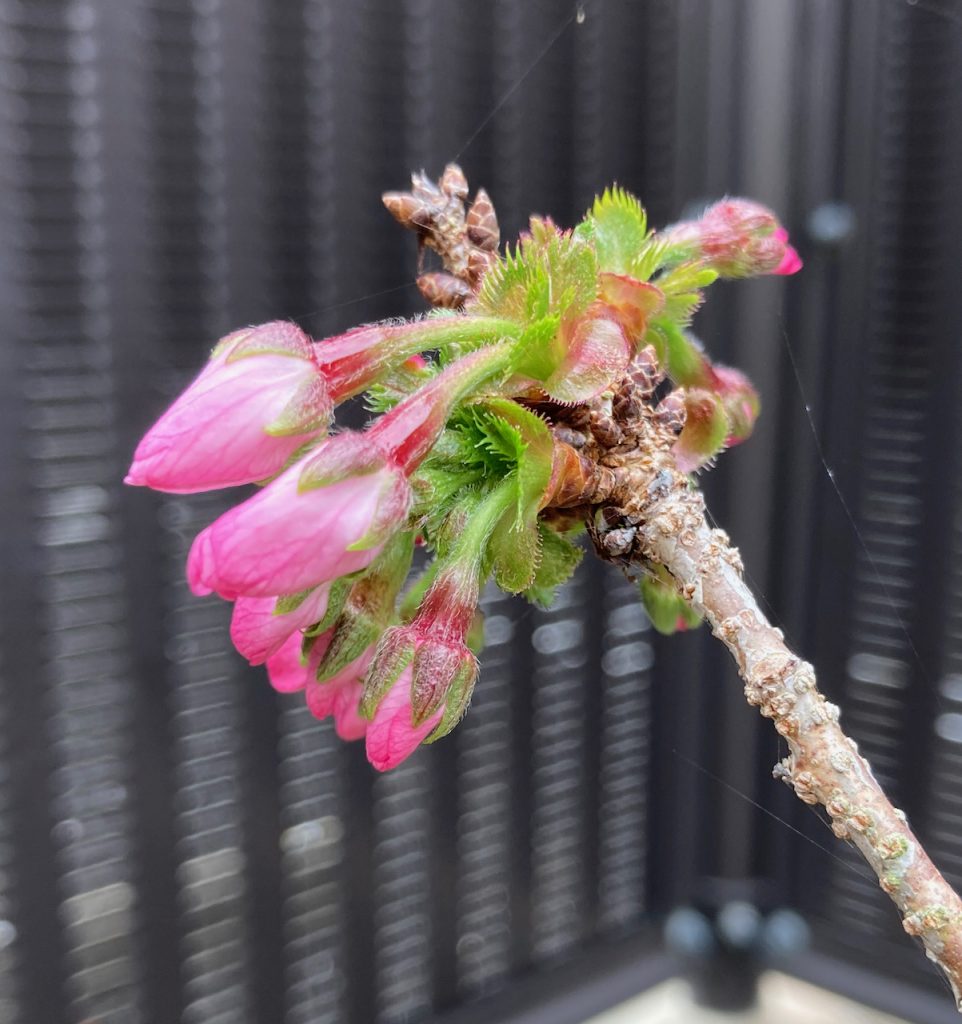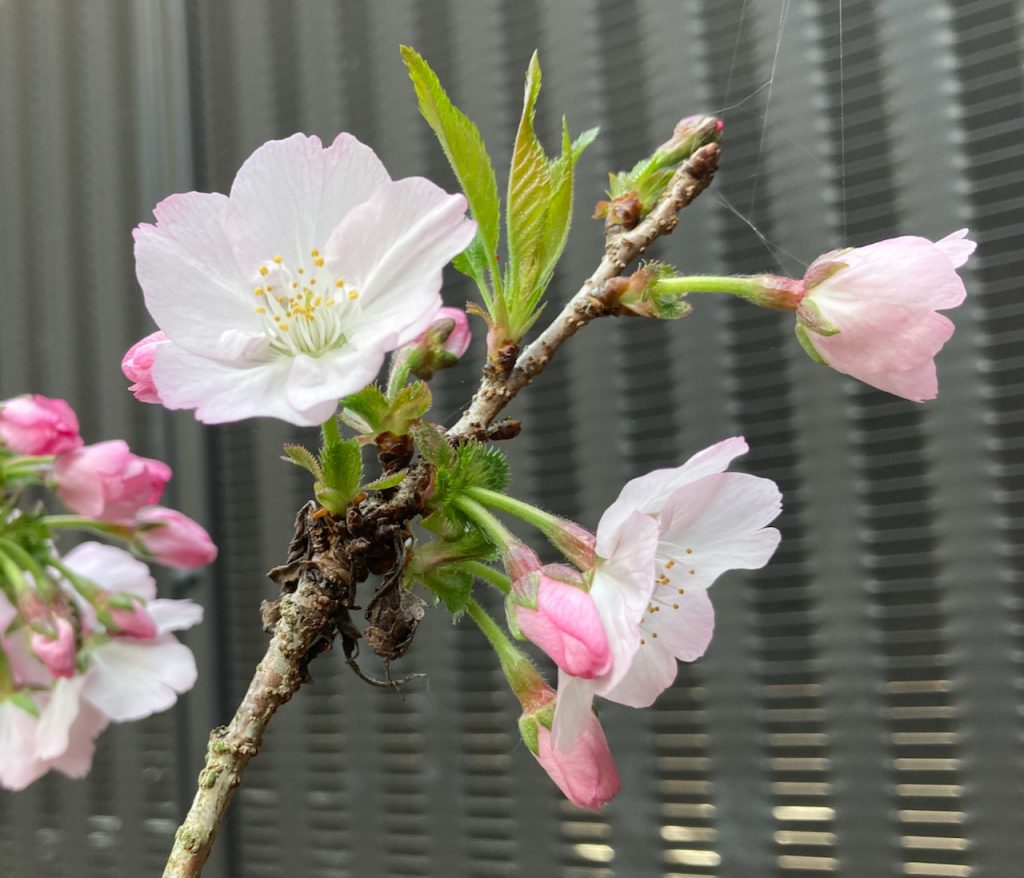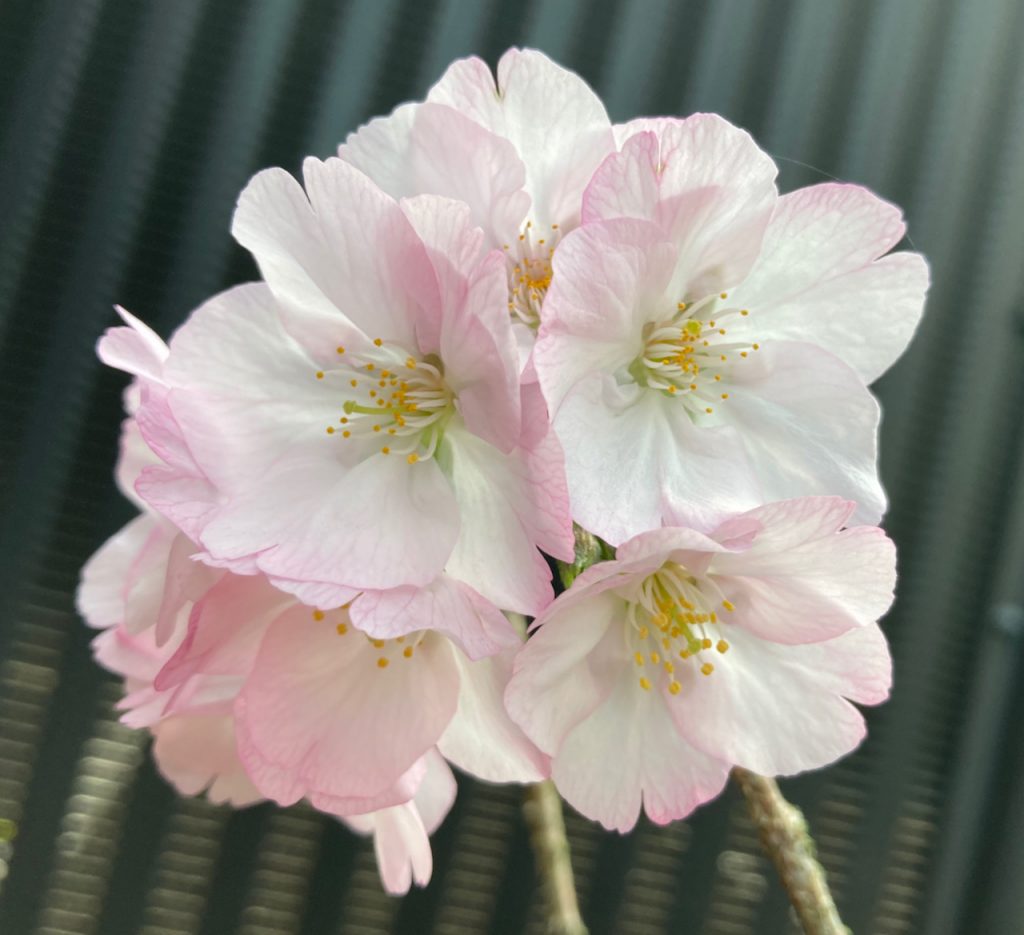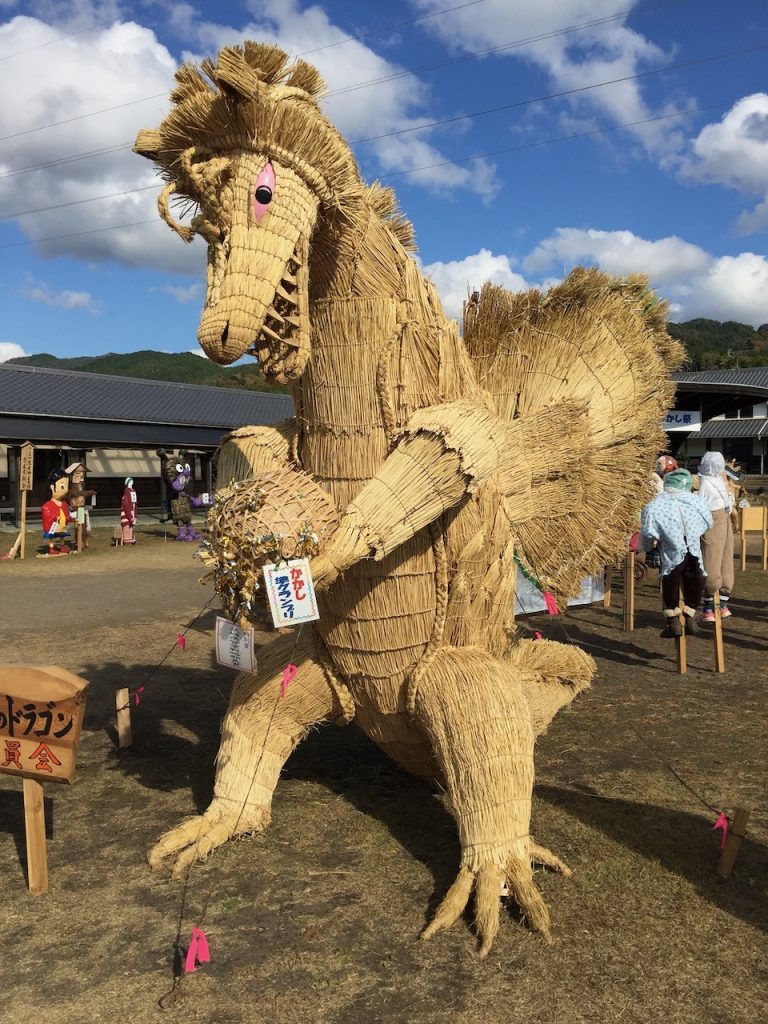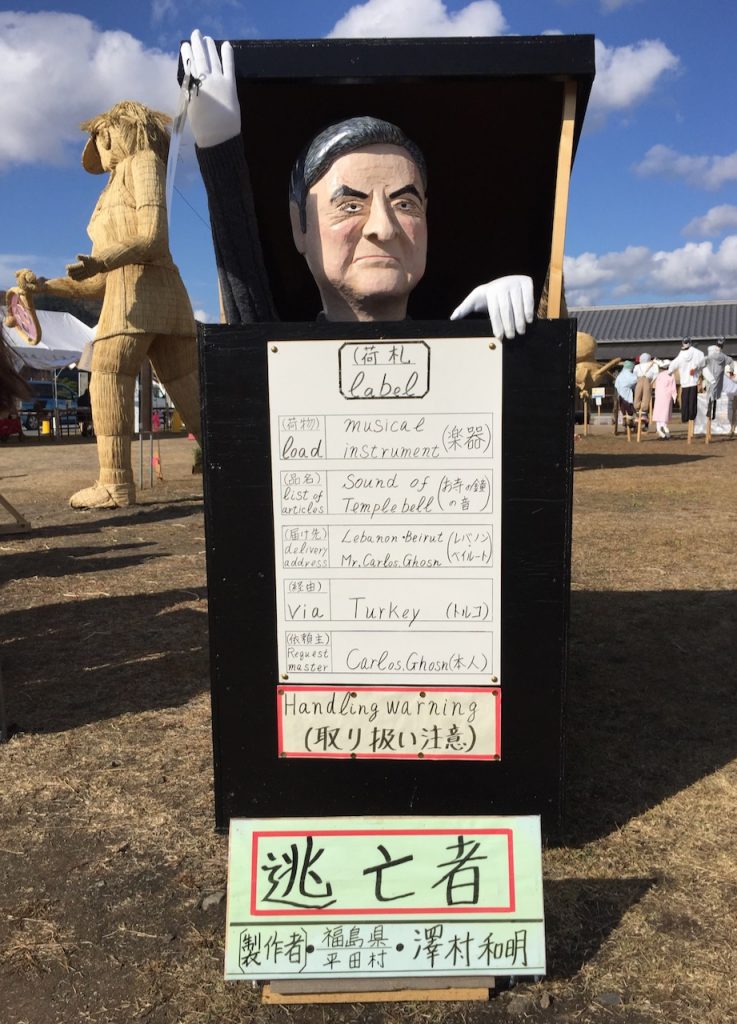
There is a small copse near our house that I have always loved. It is of deciduous trees that change with the seasons, not boring cedar or cypress, of which you will find so many in Japan. So the leaves are a brilliant green in the spring, make a pleasant rustling noise on windy days, change colour and fall to the ground in autumn, and leave the silhouettes of bare branches to stand out against the sky in winter. Perhaps more importantly, this copse reminds me of the one in the Ghibli animated film, My Neighbour Totoro, which possesses a mysterious aura and turns out to be — probably, possibly — the home of the eponymous Totoro, a great cuddly toy of a monster on whose fluffy tummy young Mei takes a nap.
Since we moved here, the copse has become my muse and I have photographed it many times: at sunset, in various seasons, in the dark, and in the dark and the snow at the same time.


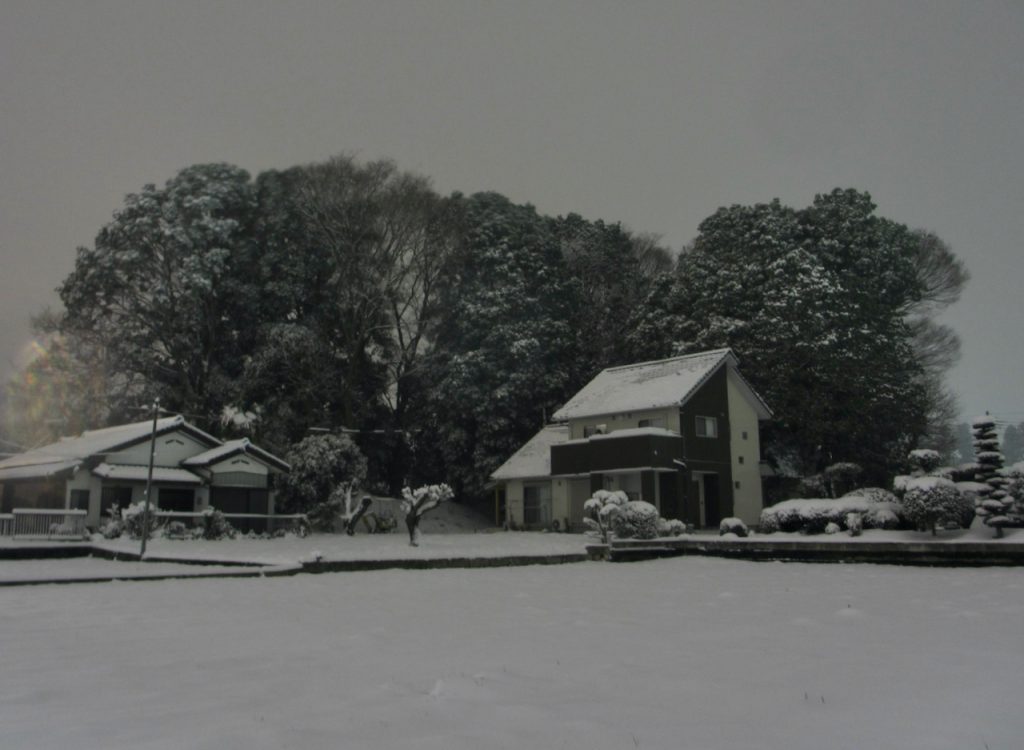
But a couple of months ago, trucks began coming and going from the back yard of a small factory (where I am told the employees work assembling swimming goggles), and the sound of buzzing chainsaws could be heard. Barely a week later, this was the scene that I passed on the way to work and as such, I shall henceforth be obliged to refer to the copse in the past rather than the present tense.

The logs have since been taken away — logs whose rings numbered in the tens if not the hundreds — and it is not yet clear what will appear in their place. My money is not on new houses but a solar farm, more and more of which are appearing as solar panels become cheaper, and both householders and businesspeople realise the benefits of generating their own electricity and selling what they do not use. A very large solar farm is being built about ten minutes’ drive away from the now ex-copse, although it replaces a forest of young and uninspiring cedar beside a boring A-road. I am still unsure as to whether or not cutting down trees in order to generate renewable electricity is desirable. In the case of the copse, the area that it covered is so small that be it for a solar farm, a couple of new houses, or so that the owner of the house closest to the copse (who also owns the goggle factory and an apartment block next door) wanted to let a little more light into his back garden, the damage has been done, and what used to be one of the most attractive views in the small town where we live is gone forever.














